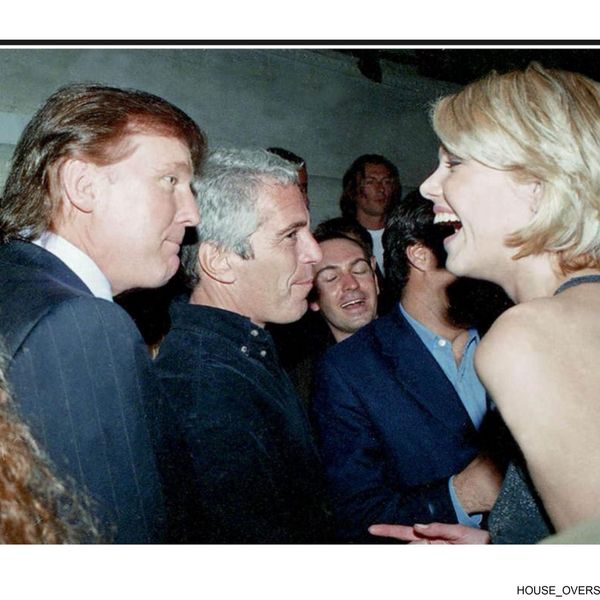The National Security Agency is mass collecting facial images through its surveillance programs for use in facial recognition technology, journalists James Risen and Laura Poitras revealed Saturday in the New York Times.
Secret documents exposed by NSA whistleblower Edward Snowden reveal that the spy agency views facial recognition as the next frontier of surveillance and uses new software technology to obtain facial images from digital communications, including emails, social media, and even text messages.
According to the report, documents from 2011 reveal:
The agency intercepts "millions of images per day" -- including about 55,000 'facial recognition quality images' -- which translate into "tremendous untapped potential."
One internal NSA document, dated 2010, states, "It's not just the traditional communications we're after: It's taking a full-arsenal approach that digitally exploits the clues a target leaves behind in their regular activities on the net to compile biographic and biometric information" that can help "implement precision targeting."
According to the report, the NSA "accelerated its use of facial recognition technology under the Obama administration."
It is not immediately clear how many people have had their images intercepted by the NSA, according to the report.
However, this agency is not the only one increasingly using this new technology. The report notes that the FBI, state and local police, the State Department, and the Department of Homeland Security are also increasingly turning to facial recognition programs.
_____________________


